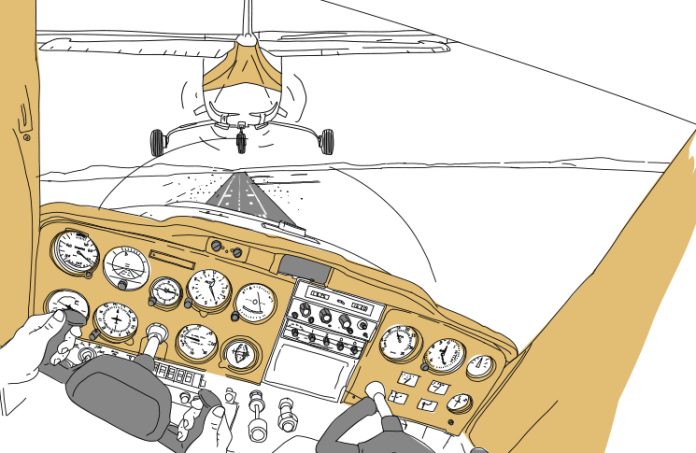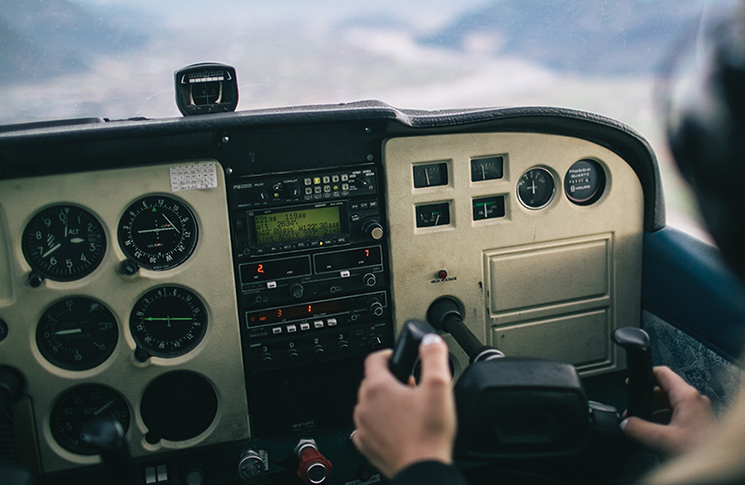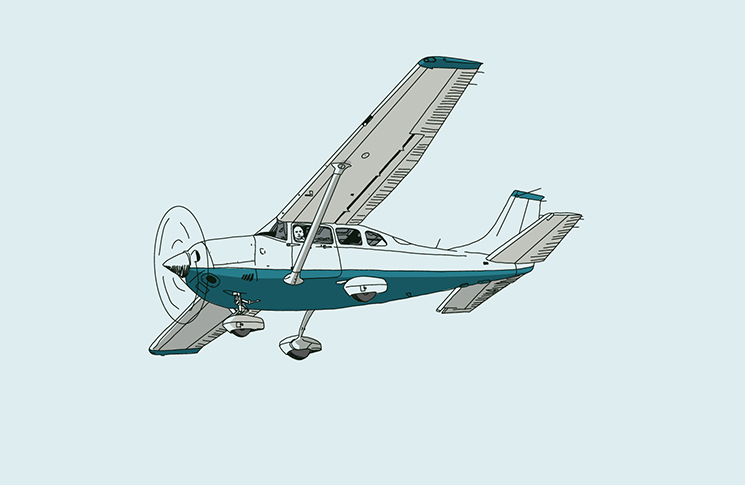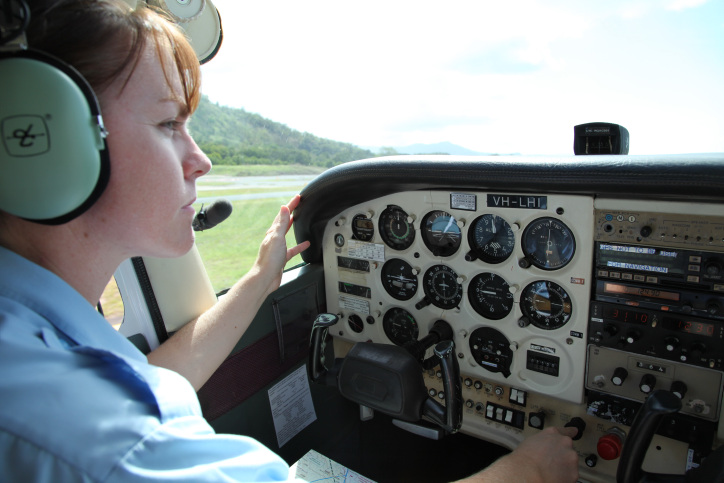A low-hours student keeps their cool despite a frightening incident that was not their fault.
Sometimes it’s interesting to look at how you handle sudden and unexpected things under pressure. I have found that for myself and thanking my lucky stars that I usually manage to handle such things calmly and without undue panic.
I started flight training back in 1987 with an Essendon Airport company that used to take us out to Bacchus March to do circuits, because there was no control tower and no landing fee.
I remember my first solo flight on 23 September 1987. I was doing some circuits in a Cessna 150 in fairly good weather, with not a lot of wind, and I pretty much had the whole circuit pattern to myself.
Nevertheless, I diligently made all my radio calls at the various stages just as I had been trained to do in the preceding months. My instructor was on the ground watching me.
On the third or fourth circuit, I was on final approach for runway 27. Everything was going smoothly and according to plan and I was about half a mile out when something very unexpected happened.
At about 400 feet AGL, my attention was drawn from the instruments and aiming point to a set of tricycle landing gear descending into my immediate forward view. A Cessna 210 was not more than 30 feet above and in front of me, also on final, landing about 5 knots faster.
I was startled to see this, not because I hadn’t learnt what to do in this situation, but because I thought at first I had done something wrong. The other aircraft hadn’t made any calls when entering the CTAF or at any point when joining circuit or when coming straight in.
Or at least if the pilot had made them, they weren’t on the right frequency, the one that the gliders and I were using. I had not been aware of the other aircraft’s presence at all and had no idea it was there.
I think it came in on a right base instead of left, so I must have been under its fuselage on its final turn. So the 210 pilot also had no idea that I was right under them.
View from below
My instructor was standing on the ground watching this all unfold but, without a radio, he had no way of warning me. He also couldn’t really tell who was in front or behind from his position at the side of the runway, so all he could do was to just stand there white-knuckled and predict the worst, until our outlines converged and he saw the 210 was thankfully just in front of me and there was no impact.
A Cessna 210 was not more than 30 feet above and in front of me, also on final, landing about 5 knots faster.
Meanwhile, as pilot in command I wondered what I should do for a moment, because we had never covered this in any lesson. But I kept flying my approach and didn’t make any sudden changes.
I just hung with the other aircraft in close formation for a few seconds while I thought about the best next action. Then I gently swung right, increased power, pulled up a bit and went around on the right-hand dead side and landed on the next circuit.
The story I heard later was that my instructor yelled at the other pilot as he got out of his 210 and punched him.
Lessons learnt
Sometimes I wonder what would have happened if the other aircraft was just a bit lower and a couple of seconds later. If the prop had hit my rudder, the pedal would have snapped back and broken my right ankle, while my aircraft’s tail swung and put me into a steep turn – whereupon I would have dived into the ground.
Since then I have vowed to pay very close attention to detail when entering the circuit and joining the pattern, to make certain I always know exactly where other aircraft are, so I never have a front row seat in an unexpected close call of this nature again.
Have you had a close call?
8 in 10 pilots say they learn best from other pilots and your narrow escape can be a valuable lesson.
We invite you to share your experience to help us improve aviation safety, whatever your role. You may be eligible for a free gift just for submitting your story.
Find out more and share your close call here.
Disclaimer
Close calls are contributed by readers like you. They are someone’s account of a real-life experience. We publish close calls so others can learn positive lessons from their stories, and to stimulate discussion. We do our best to verify the information but cannot guarantee it is free of mistakes or errors.






Sort of happened to me at Moorabbin one afternoon. Cleared to land 31L. Short final on a steep approach at about 48 knots in my Auster when a C172 appeared under and slightly in front of me about 10 KN faster.
Tower said: can you see the Cessna? I said: I’m right on him. Tower: Cleared runway 31R.
I slowed down a little more and moved across for a safe landing and a “Thank you” from the tower.